The Vicuna is a hoofed mammal that lives in western South America. They are members of the Camelidae family, along with camels, llamas, guanacos, and alpacas.
While the guanaco is the wild ancestor of the domestic llama, the Vicuna is the ancestor of the domestic alpaca. This species is smaller than its close cousin the guanaco, and its range is farther north. Read on to learn about the Vicuna.
Description of the Vicuna
This species is the smallest of the Camelids, but otherwise look similar to the other members of their family. Most individuals stand about 3 ft. tall at the shoulder, and weigh between 70 and 150 lbs. They have long legs, long necks, and relatively small heads with long pointed ears.
Their fur is light colored, and incredibly soft. The tops of their backs are tan or reddish-brown, and their sides and underbellies are white or cream colored.
Interesting Facts About the Vicuna
Like their cousin, the guanaco, Vicunas usually live at high altitudes. Read on to learn more about some different fun facts about these mammals.
- Superb Fur – The fur of these mammals, which is know as wool, is incredibly soft and warm. The native people of South America shear wild Vicunas for their fine wool. However, the wool grows very slowly, and because of this they can only shear them once every three years!
- Previous Population Collapse – Until about 1964, populations of this species went through a period of severe decline and over-hunting. By the time the government enacted protection for this species, there were just 6,000 individuals left. Thankfully, their populations have rebounded successfully.
- Illegal Collection – Because of the previous population collapse, the government in Peru takes great care to ensure the survival of the species. They require strict records of every animal sheared, and ensure their safe release back into the wild. Sadly, illegal poaching of these animals still occurs.
- Sky High Prices – It’s no wonder that poachers target this animal. A single yard of wool from this species fetches a price of well over $1,000! Clothing made from Vicuna wool is incredibly warm, comfortable, and expensive.
Habitat of the Vicuna
This species prefers living in a relatively small range of habitats. They inhabit grasslands and savannas with few trees or bushes. Their ecosystems must also have access to a water source, because the plants that they eat do not provide enough moisture to sustain themselves without drinking.
Vicunas live no lower than altitudes of 11,000 ft. above sea level. The uppermost ecosystems that they inhabit are nearly 19,000 ft. above sea level.
Distribution of the Vicuna
These hoofed mammals live along the Andes Mountain range on the western coast of South America. Most of their populations live throughout Peru, but their range also extends into parts of Bolivia, northern Chile, and northern Argentina. They live nowhere else in the world.
Diet of the Vicuna
These animals are herbivores, which means they eat only plants. While their cousins to the south feed on both grasses and shrubbery, Vicunas only graze on grasses.
They have long teeth that grow continuously, much like those of the rodent family. These teeth allow them to crop short grasses without grinding their teeth down. This species also utilizes mineral deposits, like salt licks.
Vicuna and Human Interaction
Human interaction has historically been highly damaging to Vicuna populations. By the 1960s, humans had nearly hunted these mammals to extinction. Thankfully, the Peruvian government has enacted protection and regulation for these animals.
Additionally, the profits for the sale of wool go back into the villages and towns of the people who protect the animals from poachers. Sadly, poaching and habitat loss still pose a threat to this species. However, their population numbers have rebounded well, and the IUCN lists them as Least Concern.
Domestication
Researchers recently discovered that the domestic alpaca originally descended from the Vicuna. The alpaca is now a separate species. The rest of this species’ populations are wild animals that have not undergone any domestication.
Does the Vicuna Make a Good Pet
No, Vicunas do not make good pets. However, their domestic counterpart, the alpaca, does make a good pet in the right circumstances. Alpacas are livestock, and must live on farms or in zoos, not in household settings. It is important to do thorough research before choosing to purchase any type of animal.
Vicuna Care
This species lives in several different zoos across the world. Zoos house them in herds because they are social animals and are happiest in a group. The herds live in large enclosures with a variety of grasses to feed on. Zookeepers also feed them hay, fresh grass, and pelleted feed as needed.
Many of the Vicunas in zoos are part of important breeding programs to ensure the survival of the species, should the wild populations plummet again.
Behavior of the Vicuna
Vicunas are diurnal, or active during the daytime. They spend much of their time foraging for grasses, or resting and chewing their cud. During the day, they graze in the grasslands, and at night they return to their sleeping grounds to rest.
This species is quite shy and does not approach humans. Their social structure is surprisingly strict. Adult males protect a family group with several females and a territory. They do not permit other individuals into the herd. Males without families form bachelor herds of various sizes.
Reproduction of the Vicuna
Males mate with all the females in their herd. The females have a gestation period of about 11 months, and each gives birth to a single baby. Females mate again soon after they birth the current year’s offspring.
The young Vicuna stand and walk quickly after birth. Once the baby is about 10 months old, the mother weans it off her milk. The male kicks both males and females out of the herd once the mother weans them. They reach sexual maturity when they are about two years old.



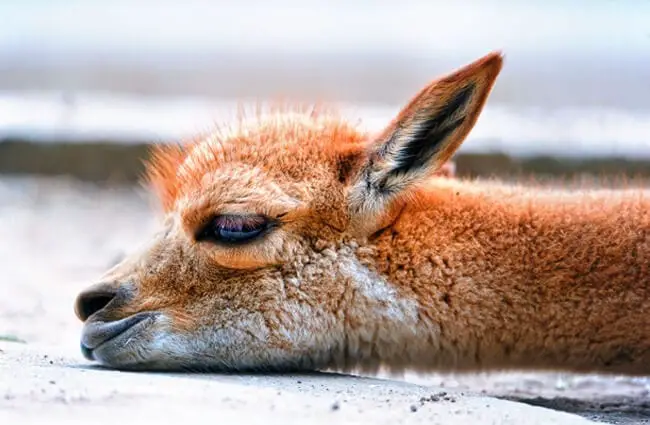

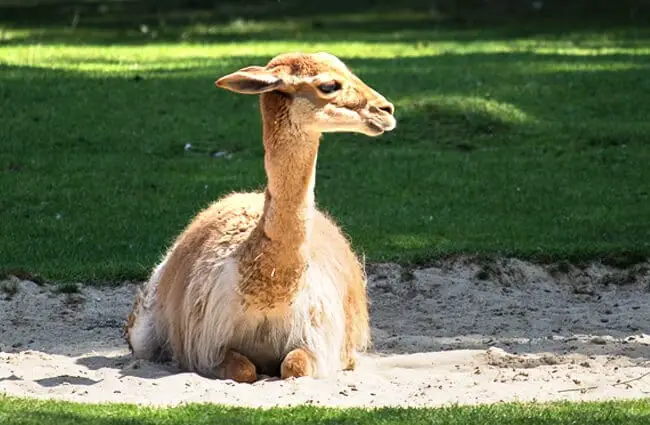
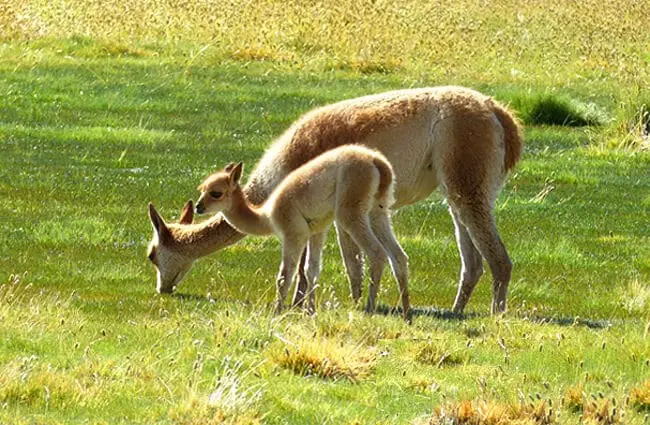
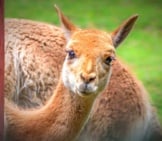
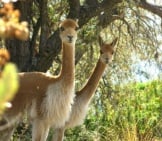

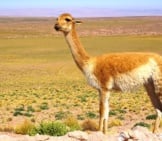
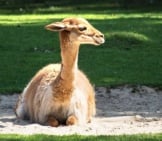
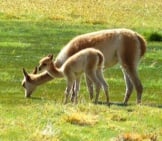
![Red Angus Closeup of a beautiful Red Angus cowPhoto by: U.S. Department of Agriculture [pubic domain]https://creativecommons.org/licenses/by/2.0/](https://animals.net/wp-content/uploads/2020/03/Red-Angus-4-238x178.jpg)












![Red Angus Closeup of a beautiful Red Angus cowPhoto by: U.S. Department of Agriculture [pubic domain]https://creativecommons.org/licenses/by/2.0/](https://animals.net/wp-content/uploads/2020/03/Red-Angus-4-100x75.jpg)

